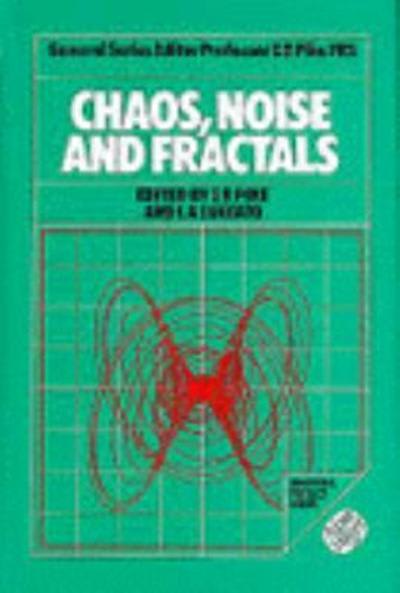Question
. An urn contains red, green, and blue balls. Let r, g, b be the proportions of red, green, blue balls, respectively (r + g
. An urn contains red, green, and blue balls. Let r, g, b be the proportions of red, green,
blue balls, respectively (r + g + b = 1).
(a) Balls are drawn randomly with replacement. Find the probability that the first time
a green ball is drawn is before the first time a blue ball is drawn.
Hint: Explain how this relates to finding the probability that a draw is green, given that
it is either green or blue.
(b) Balls are drawn randomly without replacement. Find the probability that the first
time a green ball is drawn is before the first time a blue ball is drawn. Is the answer the
same or di?erent than the answer in (a)?
Hint: Imagine the balls all lined up, in the order in which they will be drawn. Note that
where the red balls are standing in this line is irrelevant.
(c) Generalize the result from (a) to the following setting. Independent trials are performed, and the outcome of each trial is classified as being exactly one of type 1, type 2,
. . . , or type n, with probabilities p1, p2,...,pn, respectively. Find the probability that
the first trial to result in type i comes before the first trial to result in type j, for i 6= j.
A gambler repeatedly plays a game where in each round, he wins a dollar with probability
1/3 and loses a dollar with probability 2/3. His strategy is "quit when he is ahead by
$2," though some suspect he is a gambling addict anyway. Suppose that he starts with
a million dollars. Show that the probability that he'll ever be ahead by $2 is less than
1/4.
46. As in the gambler's ruin problem, two gamblers, A and B, make a series of bets, until
one of the gamblers goes bankrupt. Let A start out with i dollars and B start out with
N



Step by Step Solution
There are 3 Steps involved in it
Step: 1

Get Instant Access to Expert-Tailored Solutions
See step-by-step solutions with expert insights and AI powered tools for academic success
Step: 2

Step: 3

Ace Your Homework with AI
Get the answers you need in no time with our AI-driven, step-by-step assistance
Get Started


